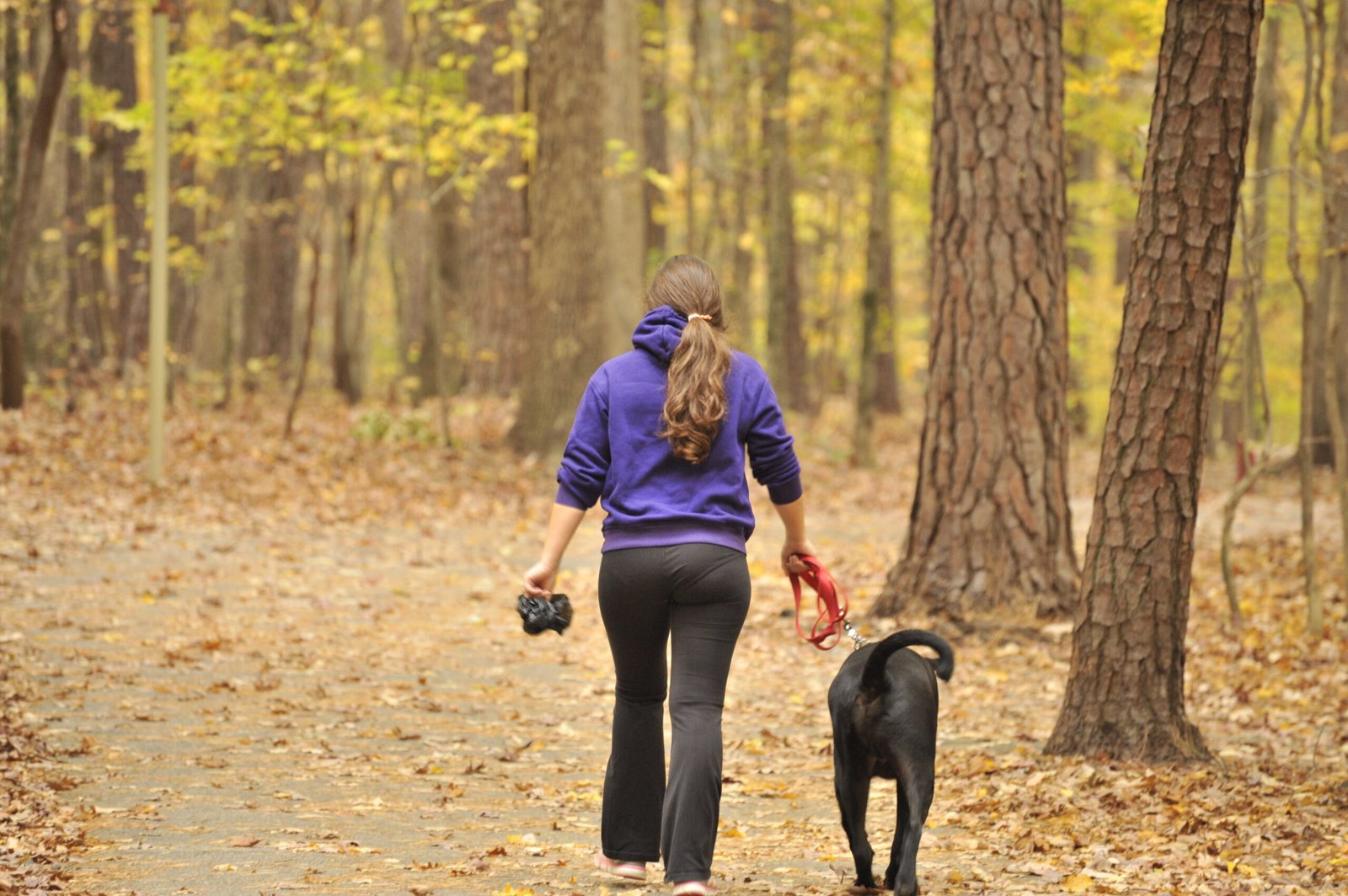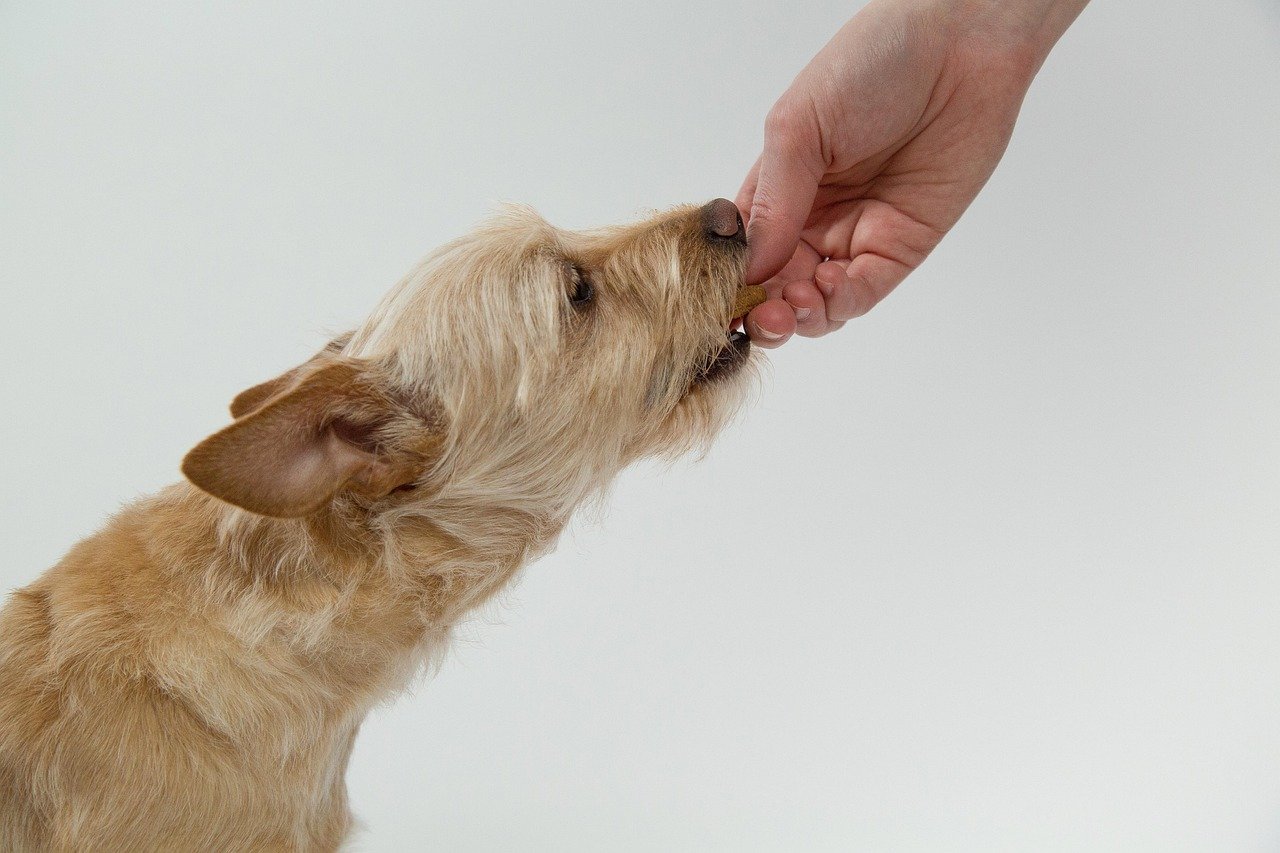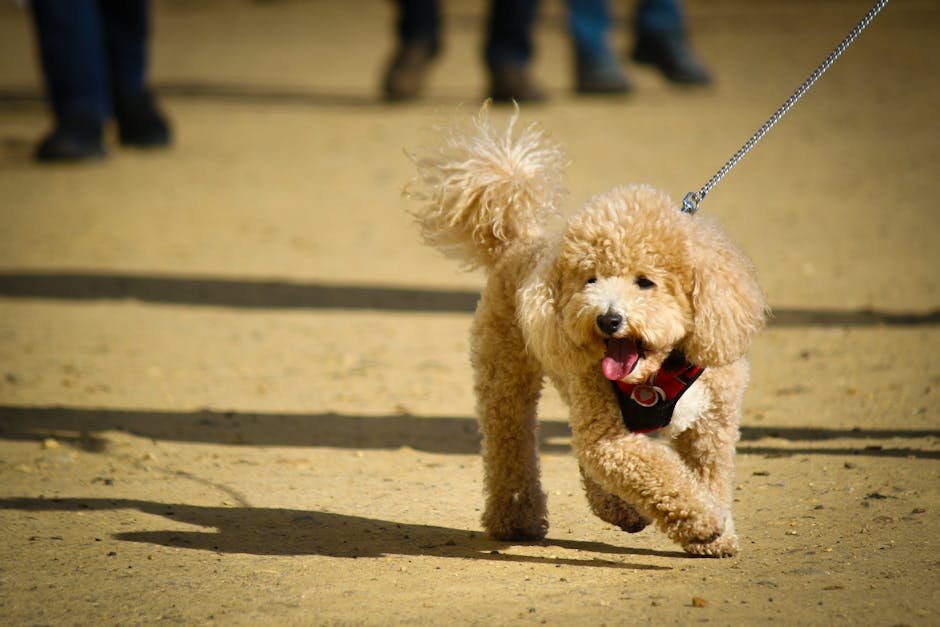Owning a dog is a joyful experience, but it can sometimes become challenging when your furry friend is anxious. Just like humans, dogs also experience anxiety, and it can manifest in various ways — from excessive barking to destructive behavior or even withdrawal. Recognizing the signs early and addressing them with patience and care is key. Understanding how to help your anxious dog can make a world of difference in their behavior and your relationship. Here are five simple tricks that can help your anxious dog become more confident and enjoy life to the fullest.
Create a Safe Space
Every dog needs a sanctuary, a place where they feel safe and secure. For an anxious dog, having a dedicated space can significantly reduce stress. Picture it as their little fortress of solitude, where they can retreat when the world feels overwhelming. This space should be quiet, away from loud noises, and filled with comfy bedding and familiar toys. Adding a blanket or an item of clothing with your scent can also be comforting. It’s crucial to let them know that this space is theirs to use whenever they need a break from the chaos of daily life.
Consistent Routine

Dogs thrive on routine, and an anxious dog is no different. A consistent daily routine provides a sense of predictability and control, which can ease anxiety. Think of it as setting a reliable clock for your dog. Feeding them, walking them, and playtime should occur at the same times each day. This consistency helps them anticipate what comes next and reduces the stress of the unknown. Furthermore, maintaining a steady routine can help them feel more grounded and secure in their environment.
Positive Reinforcement

Positive reinforcement is a powerful tool in building confidence in your anxious dog. It’s all about acknowledging and rewarding good behavior. Imagine it as giving them a little gold star whenever they do something right. This can be in the form of treats, praise, or extra playtime. When your dog exhibits calm behavior in a situation that usually triggers anxiety, reward them immediately. Over time, they will associate positive experiences with previously stressful situations, helping them become more confident.
Desensitization and Counter-Conditioning

Desensitization and counter-conditioning are techniques used to gradually change your dog’s response to anxiety triggers. Think of it as slowly introducing them to the “scary” thing until it’s not scary anymore. Start by exposing your dog to a mild version of the trigger, such as a distant sound of thunder or a glimpse of another dog. Pair this exposure with something positive, like treats or affection. Gradually increase the intensity of exposure while continuing to provide positive reinforcement. This method requires patience but can be incredibly effective in reducing anxiety.
Regular Exercise

Exercise is not only beneficial for physical health but also for mental well-being. For an anxious dog, regular exercise can be a great outlet for pent-up energy and stress. Imagine it as a natural way to blow off steam. Engaging in activities like walks, fetch, or agility training can help reduce anxiety levels. Exercise also stimulates the production of endorphins, which are natural mood lifters. A tired dog is often a happy and relaxed dog, making regular exercise a crucial part of managing anxiety.
Incorporating these five simple tricks into your dog’s daily life can make a significant difference in their confidence and overall well-being. By providing them with a safe space, maintaining a consistent routine, using positive reinforcement, applying desensitization techniques, and ensuring regular exercise, you can help your anxious dog lead a happier, more confident life.
Jen is a passionate nature lover and ocean conservationist. She has dedicated her life to protecting the environment and preserving the beauty of the natural world. Growing up in a small coastal town, Jen sincerely appreciated the ocean and its inhabitants. She has spent countless hours exploring the shoreline, learning about the creatures that inhabit the waters, and advocating for their protection. Jen is an active member of ocean conservation organizations, and she is committed to educating the public about the importance of conserving wildlife and the natural environment.






